|
By the pen name of WuDouGen, he had penned the following verses: -
Reading this poetic work reminded us that DE can be used to salvage Youth and Prosperous water so that vitalities and properties shall never be vanished, however it only lasts for a generation. It comes very fast and it vanishes equally prompt. Just liked a knife, it can cure as well as it can hurt. A secret not many knew of especially so in application. YANGGONG NEW SCHOOL DE 杨公新派空亡 This modern school advocated that YangGong matched the 24 seasonal nodes to the 24 mountains, every 15 days as a solar terms with a 5 days week. This made up the total of 360 days a year with 72 Hou or 'weeks'. So, the seam needle which is the Heaven plate is the measuring between the relationships of Earth to the sun path. This path is measured via the seasonal nodes and are the basis of the 72 dragons not the commonly known earth plate instead. Chinese metaphysics use the seasonal nodes in the segment of 3 not 2 that is commonly known. Every node has three phases, namely: - 1. Beginning Qi 始气 2. Middle Qi 中气 3. End Qi 末气
So, DE shall fall within these Beginning and End Qi. The end Qi of one season shall be the beginning of another season. DE shall not use the frame that the season has expire or just in its infancy but can follow the season that Qi that is of the middle or prosperous. What shall these made of, you figure it out! THE 13 MING TOMBS - 明十三陵From Wikipedia - The Ming tombs are a collection of mausoleums built by the emperors of the Ming dynasty of China. The first Ming emperor's tomb is located near his capital Nanjing. However, the majority of the Ming tombs are located in a cluster near Beijing and collectively known as the Thirteen Tombs of the Ming Dynasty (明十三陵)… The site, on the southern slope of Tianshou Mountain was chosen based on the principles of FengShui by the third Ming emperor, Yongle. After the construction of the Imperial Palace (Forbidden City) in 1420, Yongle selected his burial site and created his own mausoleum. The subsequent emperors placed their tombs in the same valley. The mountain highway through Changping District to the Ming Tombs can be compared to a winding forest path leading to a hidden alcove. A blue-green carpet of pine covers the peaks clustered in this area; indeed, those used to the traditionally dry climate of the north are often surprised by the uniquely verdant and moist nature of Tianshou Mountain. During early summer 607 years ago, a man traveled alone here, praising as he walked, and earnestly writing and sketching the landscape of the area. The man was a commoner named Liao Junqing 廖均卿 , from Jiangxi. The Minister of Rites of the Ming Dynasty Yongle Court, Zhao Hong, had dug up Liao Junqing 廖均卿 as a descendant of the famous Tang Dynasty feng shui master, Liao Yu, and put him to work. In 1407 AD, the fifth year of Emperor Yongle’s reign a tragedy struck Yingtianfu 应天府, modern-day Nanjing 南京 when the Empress Xu died. The Emperor ordered that Empress Xu’s body be temporarily held at the Nanjing imperial palace, without burial, until a suitable tomb could be found for her. During the twelfth lunar month, the emperor dispatched a group to Beiping 北平, modern-day Beijing to select a burial tomb; among these various court officials was a commoner but master of fengshui, Liao Junqing. Due to the early death of the Empress, the Yongle Emperor moved forward the construction plans for his own imperial tomb, an act which confused many of his subjects. After the success of the “Jingnan Rebellion” and the resulting successful ascension of the emperor to the throne in Nanjing, and following five years of stable rule, why build his tomb now? Moreover, according to filial burial principles, the emperor’s tomb should be located beside the tomb of his father in Nanjing; why locate the tomb in such a far-away region of the north? In choosing a tomb site for himself and the Empress in the North, the Emperor was, in effect, “cut off all means of retreat” and ensuring that the empire had no choice but to successfully move North with the new capital; retreat was not an option. Although the Yongle Emperor was a deeply strategic statesman and a battle-hardened military expert, when it came to the matters of life and death he remained deeply superstitious—believing the success or failure of the empire was directly related to the feng shui of his ancestral tombs. What is so special about it? The con master of Bolehland has written 51 pages about its FengShui by just visiting 3 tombs out of the 13 and cursed the FengShui grandmaster of the past for doing a wrong FengShui that had caused the collapse of the entire Ming Dynasty. In fact nobody ever seen these 51 pages documents that may have just contained crap. One thing for sure – it sits Death and Emptiness was utterly rubbish! Bump into a very informative Facebook page of Mr. YangGong FengShui www.facebook.com/yanggong.fengshui and this is what he has to say: - CHANGLING - 長陵
XIANLING - 献陵
JINGLING - 景陵
ZHUYUANZHANG - 朱元璋
The conclusion is NONE of the tombs investigated sit on DEATH AND EMPTINESS line. Whatever that has been claimed by the Con master of Bolehland is BULLSHIT!TO BE CONTINUE...
1 Comment
Yifengshui
12/12/2015 11:12:45 pm
He did not understand the wordings, stonewall inscription and signboard. The wordings are engraved on the stone which was done carefully & double checked by masters. As you can see in San Liao village for those famous tombs & ancestral hall introductions, they too put up tablet engraved wordings & never go wrong. Needless to say, it was for Emperor mausoleum. If it was wrongly inscribe on the tablet stone, the Feng Shui master would had his head chop off at that time.
Reply
Your comment will be posted after it is approved.
Leave a Reply. |
Archives
January 2022
Categories
All
|
- Home
- About
-
Practice
-
DYA + C
-
Consultant
-
Educator
- Author I am...
- Speaking Engagement >
- Attempting Law School
- Journey in USM(Arch) >
- Discourse in Studio 6 >
-
d:KON 4
>
- Actors >
-
Acts
>
- Portraiture
- A Slice of Space Time
- Box of Installation of Lights
- Radio Misreading
- Grid of Destinies
- Shelter
- Anatomy of Pain
- Tensigrity of Ego
- Of Prisons and Walls
- Forest of Nails
- Curtain of Fears
- Dissolution of the Ego
- If it's Ain't Broken it's Ain't Worth Mending
- Flight of Freedom
- Cross of Complexity and Contradiction
- interrogation
- Stage >
- Play
- Approach
- Galleria >
- External Critique >
- Philosophy
- Codes Regulations & Standards >
- Photo Essays
- Contact

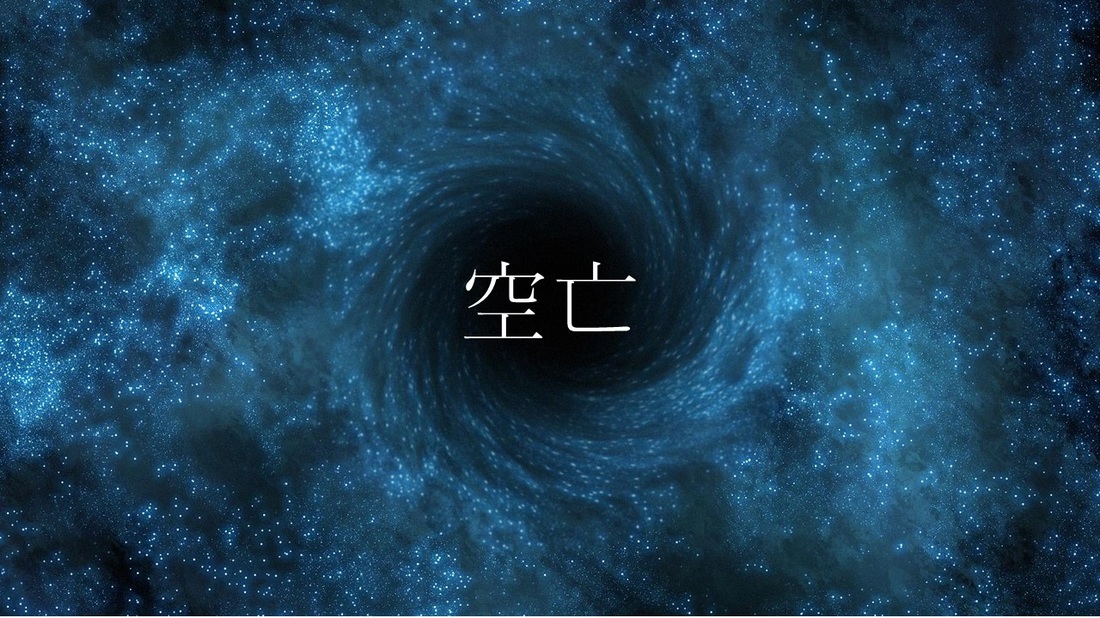
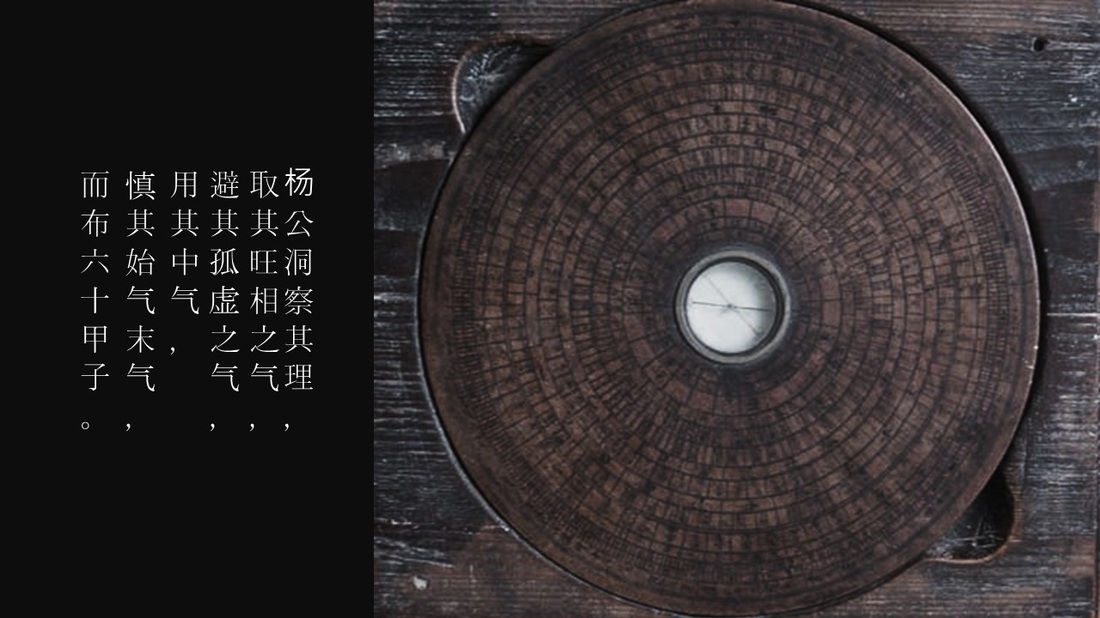
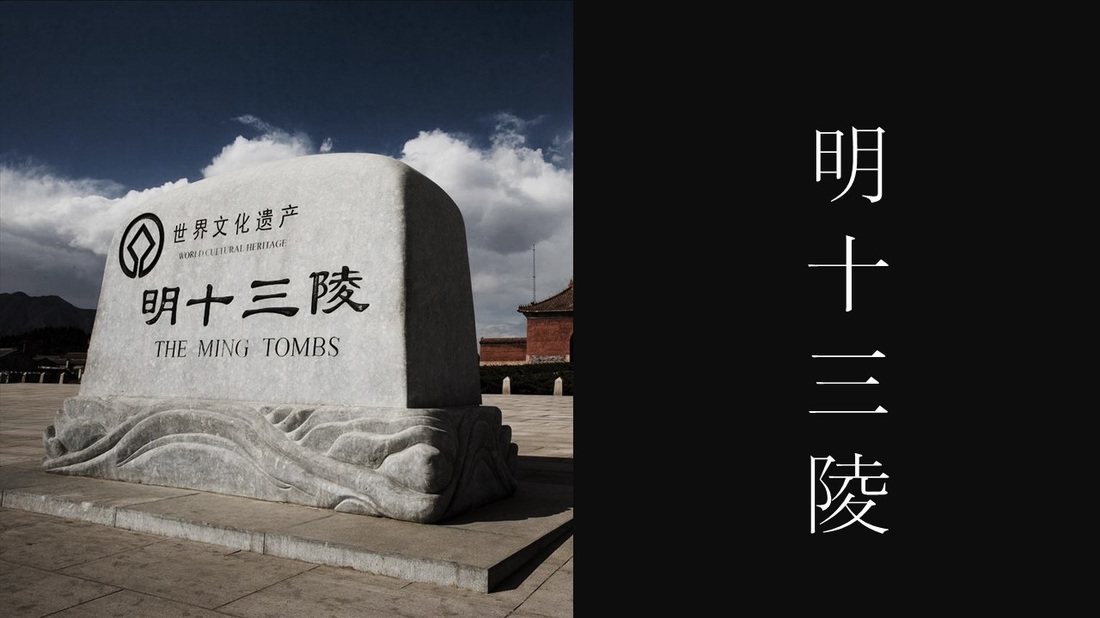
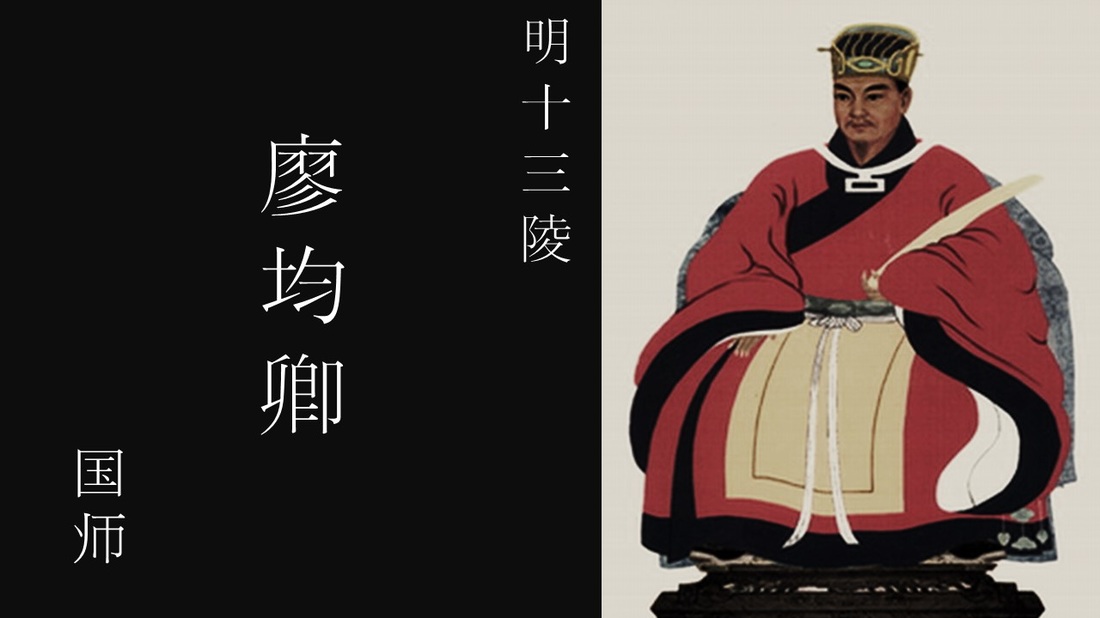

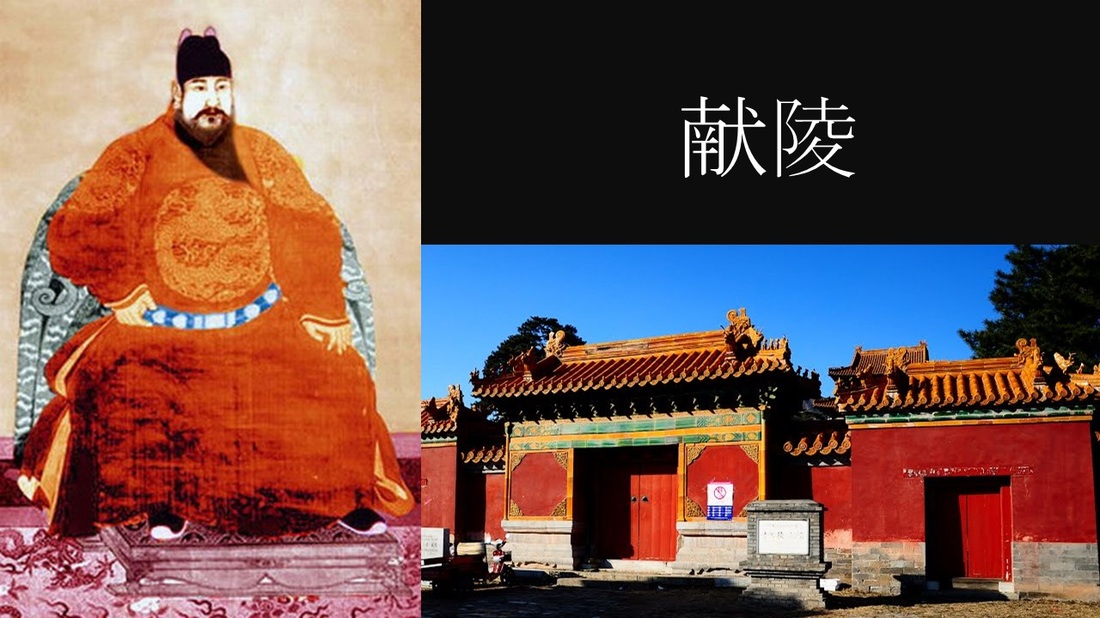
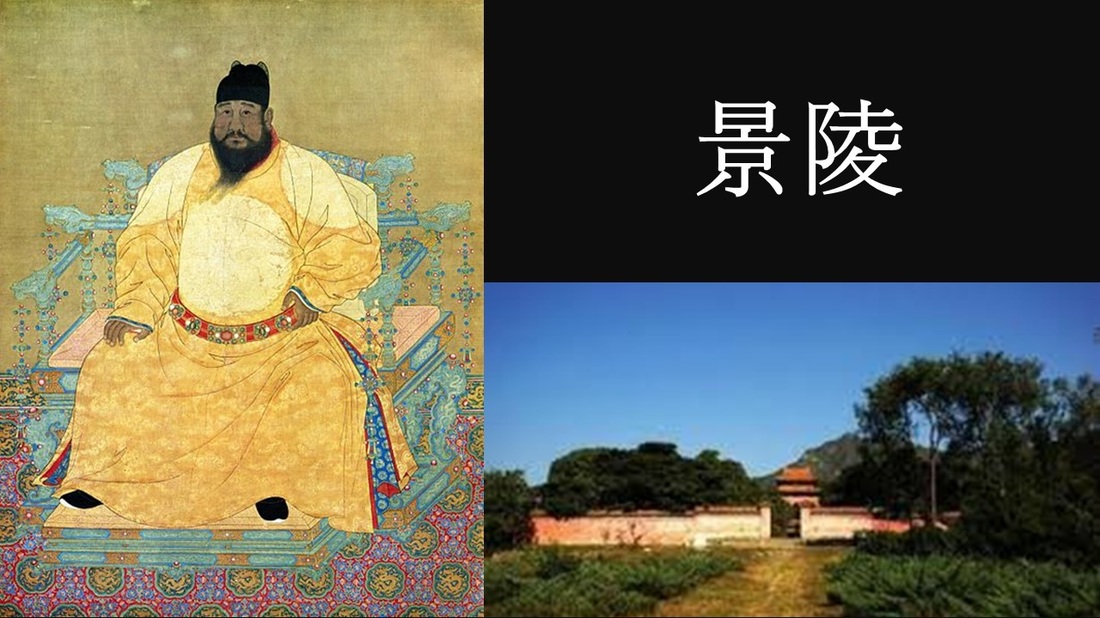
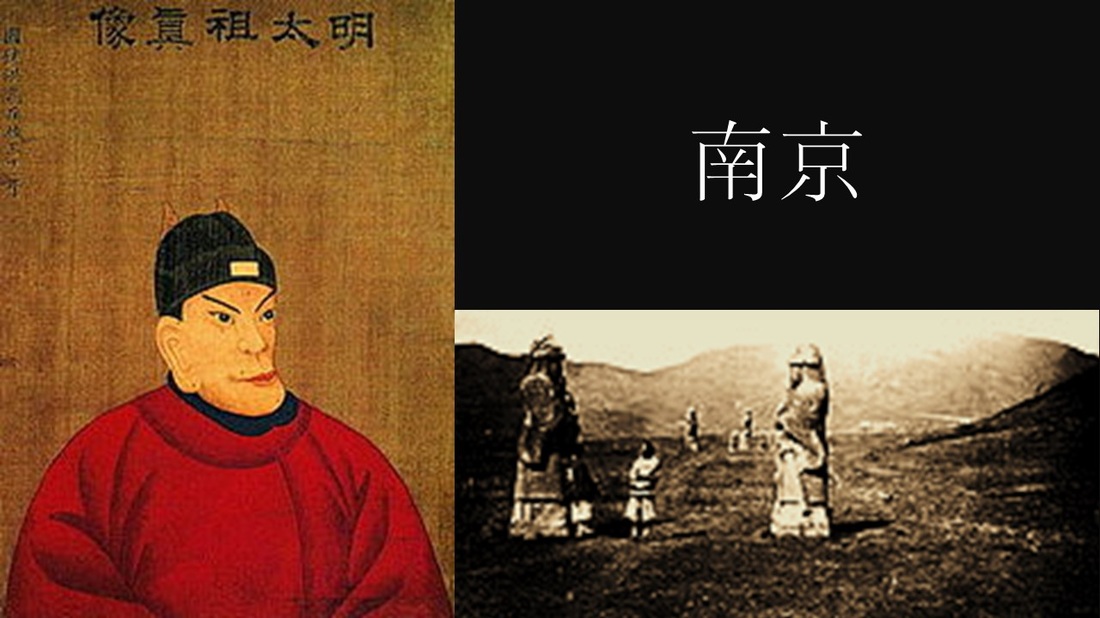

 RSS Feed
RSS Feed
